- Category
- Anti-Fake
Russia Claims That a Ukrainian Anti-Aircraft Missile Struck the Ohmatdyt Children’s Hospital. This Is False

The deliberate strike by a Russian Kh-101 missile on Ukraine’s largest children’s hospital is a war crime. Russia is trying to hide the truth through fake news. And this isn’t the first time.
After the shelling of a children’s hospital in Kyiv, the Russian Ministry of Defense quickly released a statement: “Moscow targeted military objectives in Kyiv, all of which were hit. At the same time, a Ukrainian air defense missile struck the children’s hospital.” This theory was swiftly picked up by social media bots attempting to obscure the real situation. However, existing evidence confirms that on July 8, Russian missile on a hospital was a targeted strike from an upgraded Kh-101 missile.
Explosion power and destruction scale
The first and most important thing to note is the power of the explosion. Photos of the hospital damage, which cannot be faked or created in Photoshop as hundreds of journalists from global media and thousands of volunteers who cleaned up the aftermath were on-site, clearly show:
A partially destroyed building.
Shattered windows in surrounding buildings.
A damaged facade of one of the hospital’s wings.
The purpose of an anti-aircraft missile is not widespread destruction but the interception of a specific target, such as a cruise or ballistic missile. Therefore, its warhead is quite small. In its propaganda, Russia uses information about the AIM-120 missile, which has a warhead weighing only 23 kg.
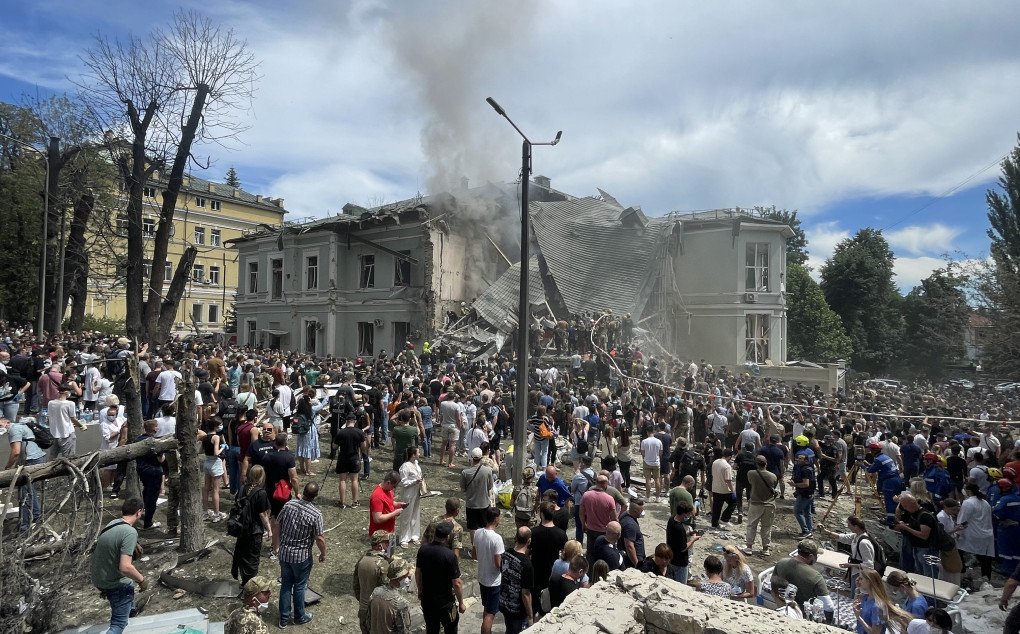
In contrast, a cruise missile is designed for extensive damage, requiring a large warhead. The Kh-101 missile has a warhead weighing over 400 kg.

In enhanced versions, the warhead can be doubled, increasing its weight to 800 kg. Such a missile can indeed cause the level of destruction seen at Ohmatdyt, with damage spanning tens of meters in radius.
External engine and other distinctive features
The Kh-101 missile has specific features unique to this missile, one of which is the external engine. This engine extends from the missile after its launch from an aircraft, making it an external element. Such engines are not present on the anti-aircraft missiles operated by Ukraine.
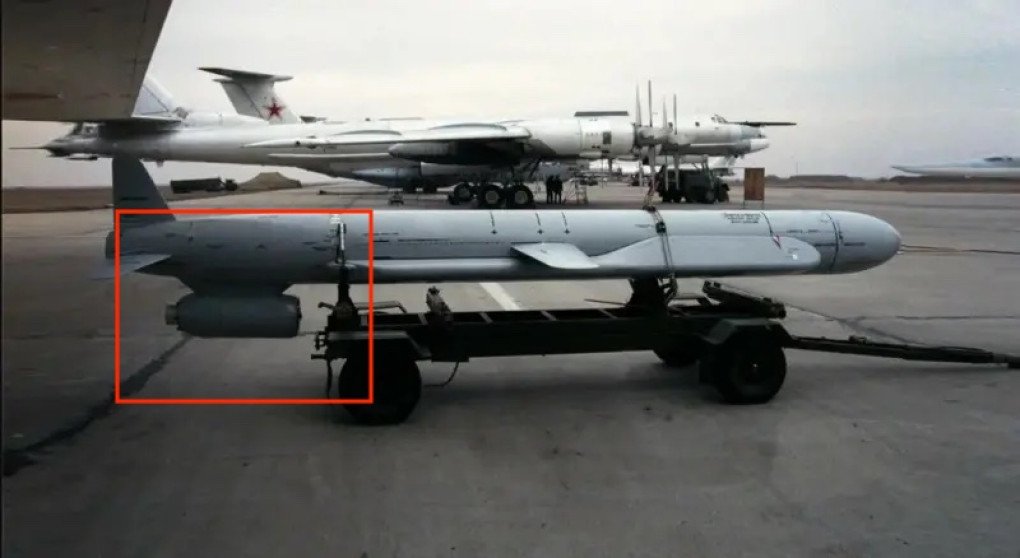
Remarkably, this missile element is impossible to hide or miss. Even Russian propaganda media are forced to use freeze-frames from the rocket attack on Kyiv video, showing this external engine, but simply do not draw attention to it.
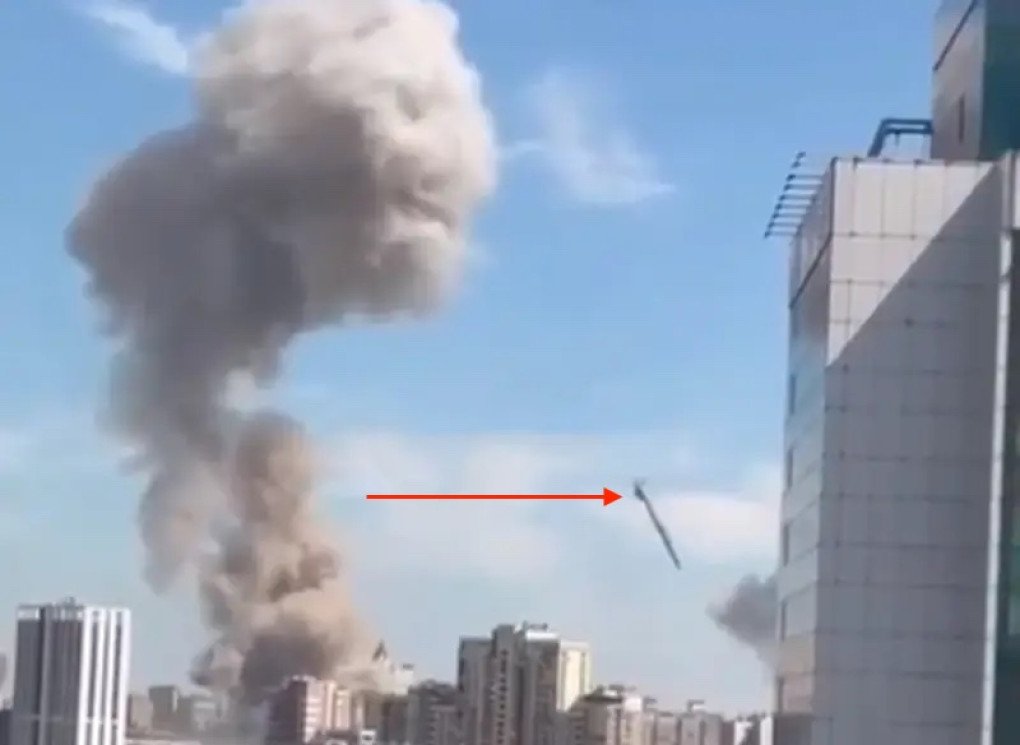
The screenshot below is taken from a Russian source as proof. We also include an illustrative photo of the Kh-101 missile for comparison.
A video captures the moment a Russian missile targeted a children’s hospital in Kyiv during Monday morning rush hour. pic.twitter.com/pIC5VRWtti
— UNITED24 Media (@United24media) July 8, 2024
Other elements highlighted by the OSINT community include three control fins near the engine, a rounded (not sharp like anti-aircraft missiles) nose, and additional wings along the missile’s body. Also characteristic is the missile’s targeted flight — it flew towards a specific building, not “falling” as Russian military claim.
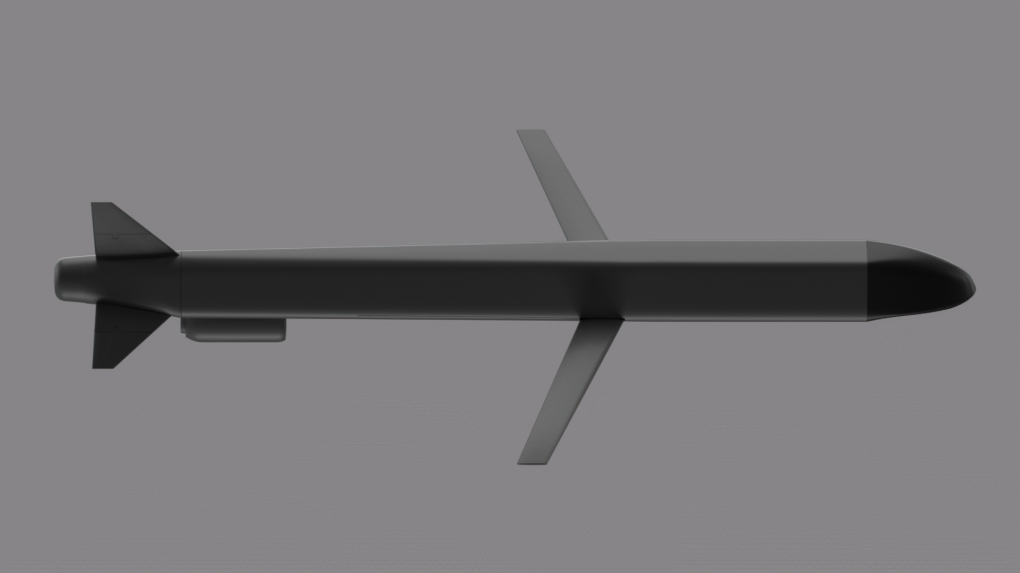
Russian propaganda sometimes tries to use edited images to show a resemblance to the AIM-120 missile, but existing videos from multiple angles clearly display all Kh-101 elements.
Evidence on site
The Security Service of Ukraine found elements of the Kh-101 missile at the impact site. “At the tragedy site, relevant evidence has already been found: specifically fragments of the rear part of the Kh-101 missile with a serial number and a part of its control fin.” These photos have been presented by law enforcement agencies and published online.
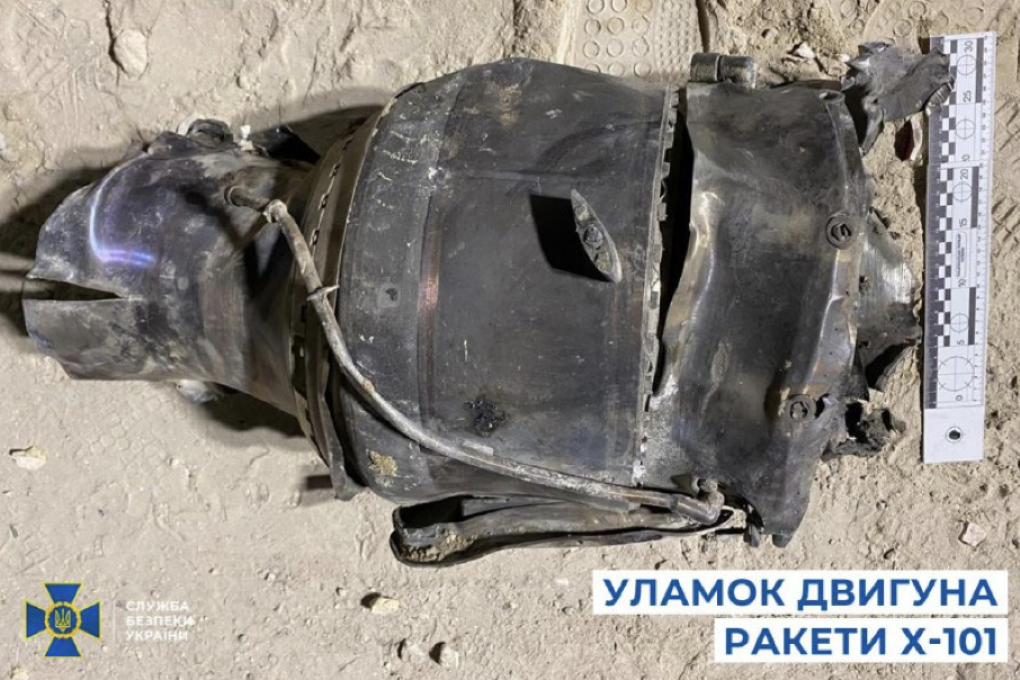
Additional elements
The Russian defense complex tries to improve its weaponry, one enhancement being the optical-electronic station system. This system allows the missile to be guided not only by coordinates but also by the image of the target itself. This is why the Kh-101 was launched not at night or dawn, as often happens with attacks on Ukraine, but on a nearly cloudless day, ensuring the missile could accurately hit the target. According to military experts, this is reported by the BBC. Thanks to this system, the missile hit a small building located between tall surrounding buildings. This further proves that Russia carried out a Kh-101 shelling of Kyiv hospital and knew exactly where the missile was headed.
Without a doubt, Russian propaganda is trying to hide reality, committing a war crime. This is not the first time. For example, when Russia struck a residential building in Dnipro in early 2023, they tried to claim that the strike was the result of a failed anti-aircraft missile. However, the scale of destruction and other evidence showed that the strike was carried out by an Kh-22 missile.
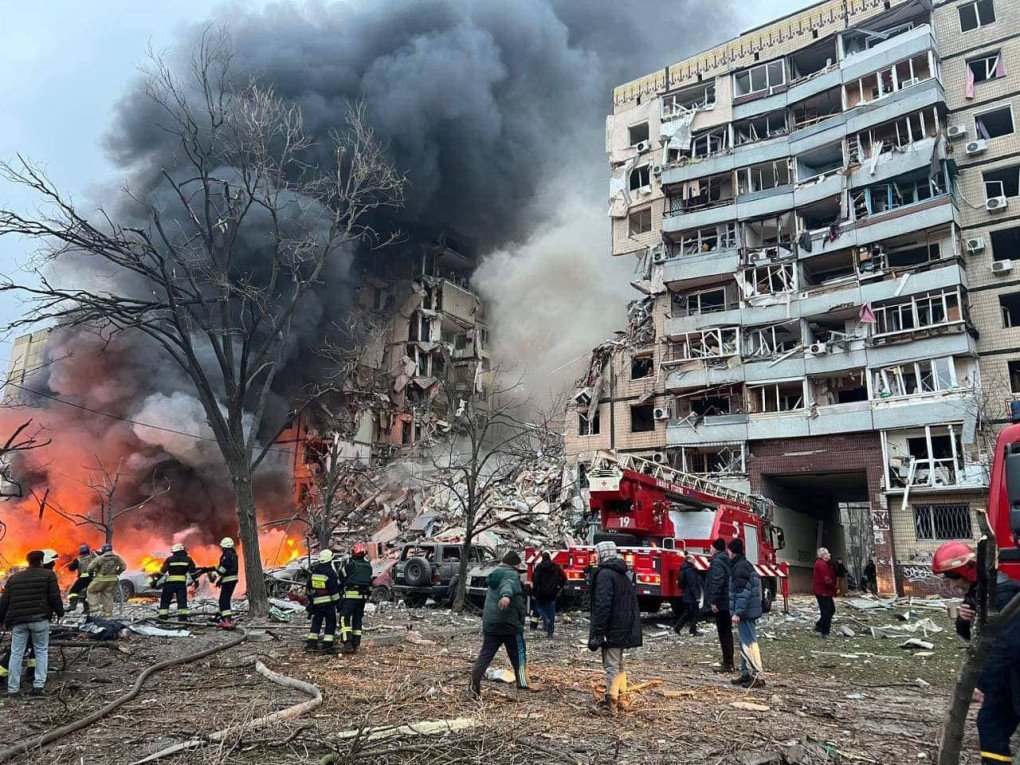
Ukraine, meanwhile, is asking its partners to provide more air defense systems. During the shelling in Kyiv on July 8, about 40 different missiles were launched, most of them — 32 units — were destroyed. There were simply not enough means for the others: due to the massiveness of the attack, the Russians managed to overload the air defense system.
-29a1a43aba23f9bb779a1ac8b98d2121.jpeg)

-46f6afa2f66d31ff3df8ea1a8f5524ec.jpg)
-8ddd9e24f95bb9d73d6d11d75f774999.png)
-283d77c1379d612e6f72cf1b6de7dacb.png)
